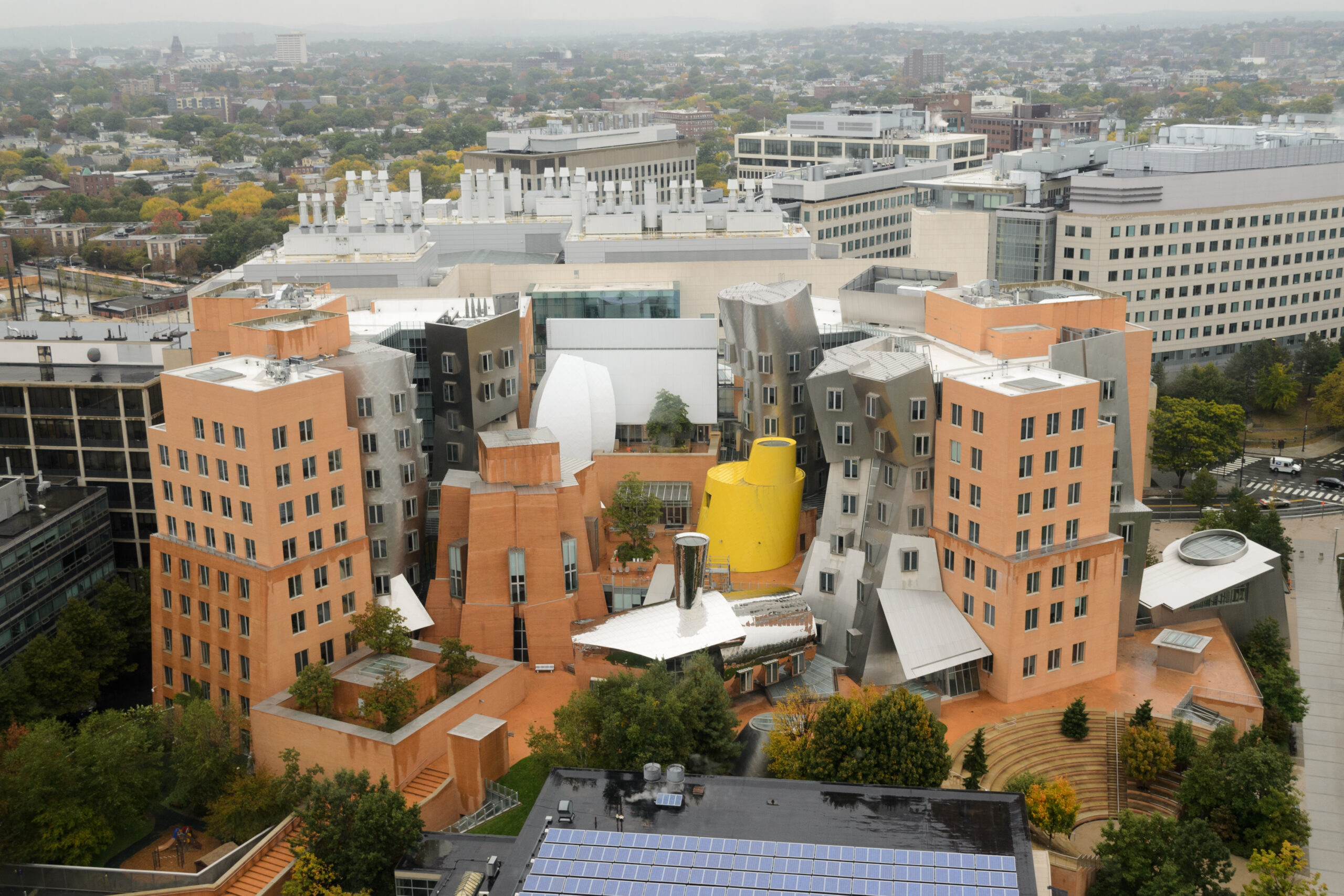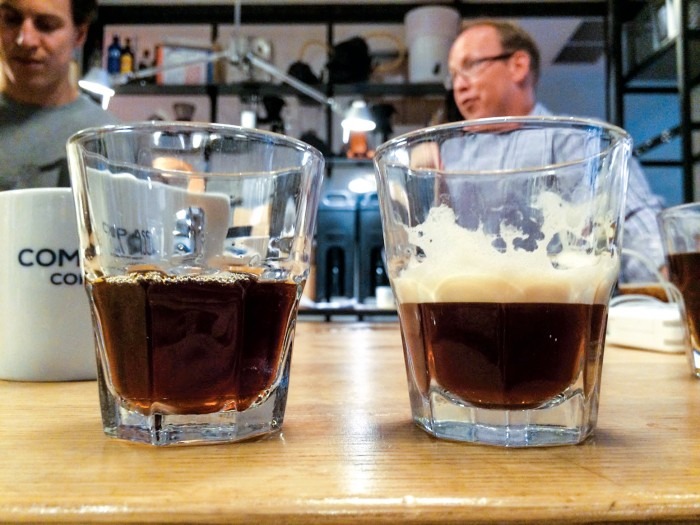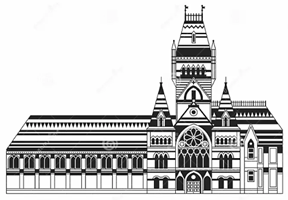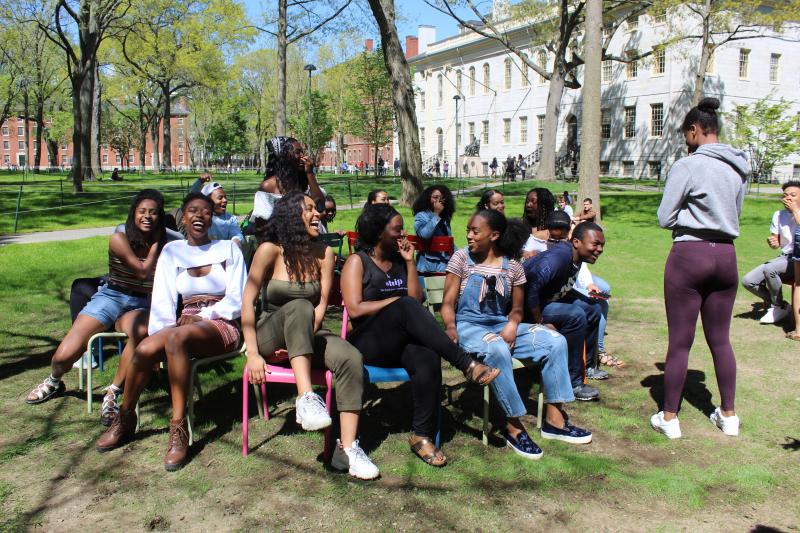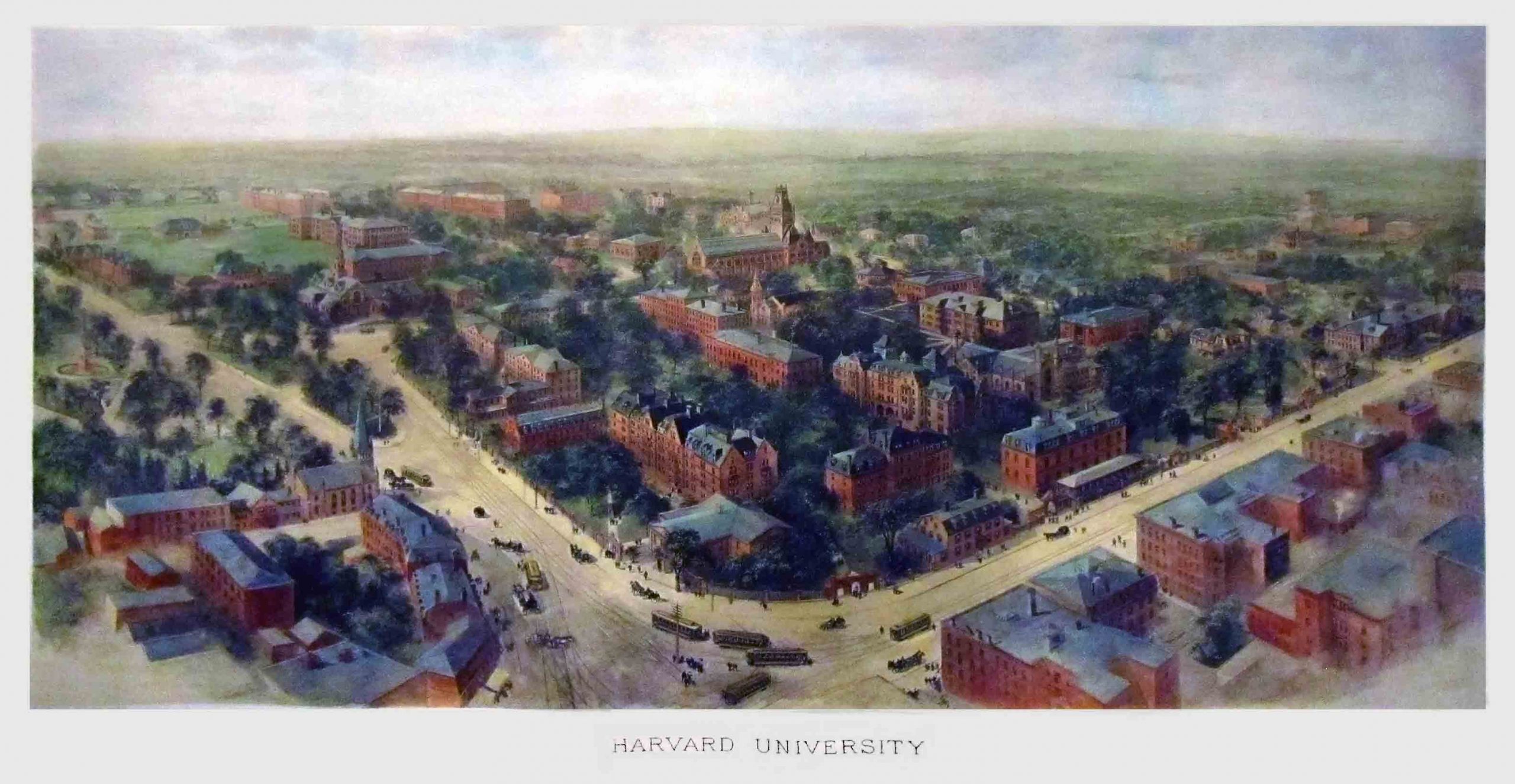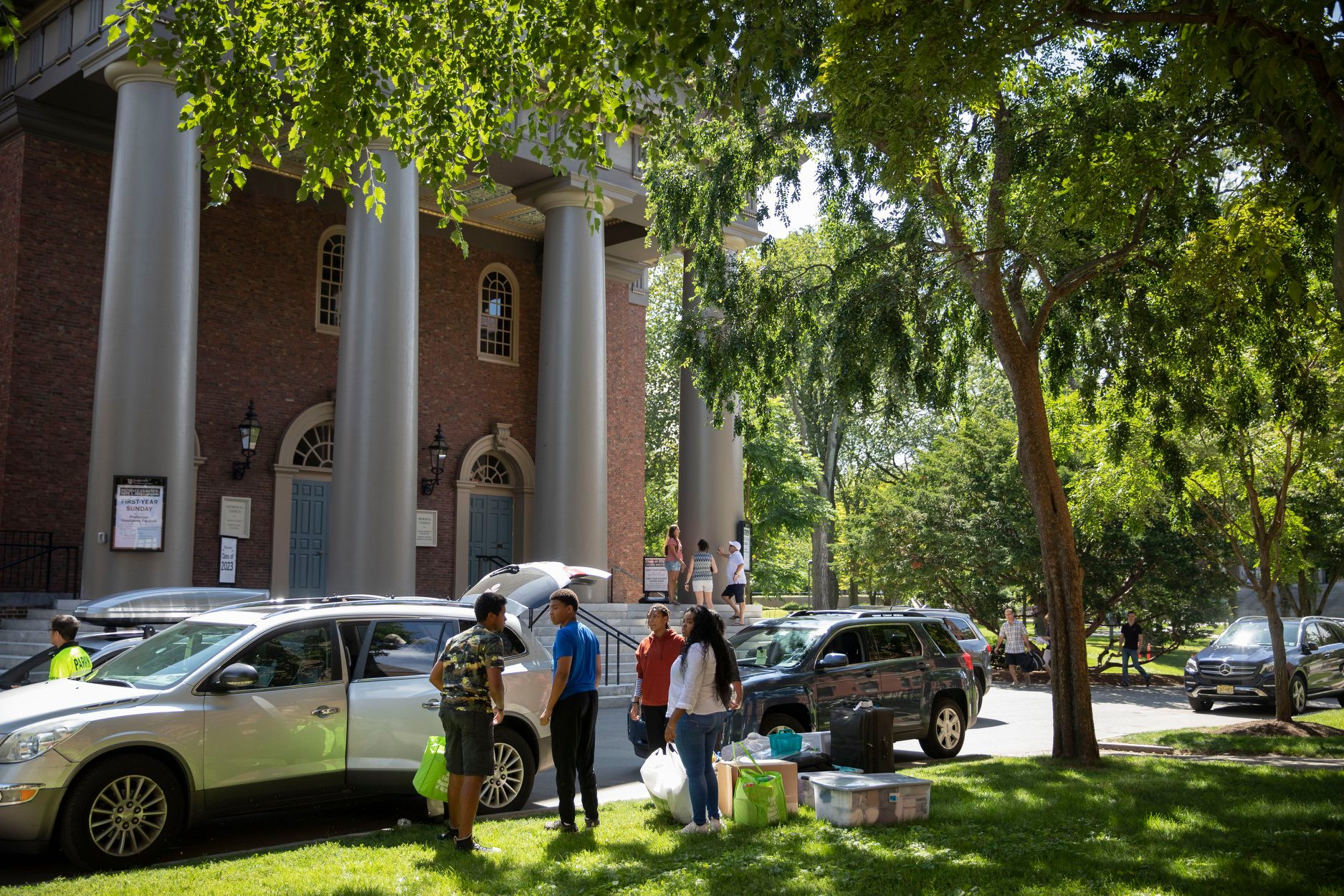Eero Saarinen‘s MIT Chapel is widely regarded as a masterpiece of modernist architecture and has been praised by architectural critics for its innovative design and spiritual atmosphere. Here are some examples of what critics have written about the chapel:
Ada Louise Huxtable, writing in The New York Times in 1955, described the chapel as a “sacred space of rare and exceptional quality” and praised its “dramatic contrasts of light and dark, scale and detail, intensity and serenity.”
Vincent Scully, writing in Architectural Forum in 1956, called the chapel “a consummate work of art” and praised Saarinen’s use of light and form to create a “subtle and mysterious” atmosphere.
Reyner Banham, writing in New Society in 1964, described the chapel as “an object of timeless quality” and praised its “radiant luminescence” and “clear and quiet” spatial qualities.
Paul Goldberger, writing in The New York Times in 2003, called the chapel “one of the great architectural treasures of the 20th century” and praised its “perfectly balanced” combination of light, color, and texture.
Overall, critics have praised the MIT Chapel for its innovative design, its spiritual atmosphere, and its skillful use of light and form. The chapel is considered one of Saarinen’s most important works and a landmark of modernist architecture.
Our Short Documentary: Meral Ekincioglu, Ph.D
Interview: David Adjaye at MIT
International Existing Building Code
Encourages the use and reuse of existing buildings. This code covers repair, alteration, addition and change of occupancy for existing buildings. and historic buildings, while achieving appropriate levels of safety without requiring full compliance with the new construction requirements contained in the other I-Codes. Key changes in the 2021 IEBC® include:
-
- For storm shelters, the required occupant capacity is now limited to the total occupant load of the classrooms, vocational rooms and offices in the school while the maximum distance of travel was deleted.
- When significant portions of a building’s exterior wall coverings or exterior wall envelope are added or replaced, they must comply with the requirements of Chapters 14 and 26 of the IBC.
- Snow loads must be addressed during repair of substantial structural damage regardless of whether the damage was a result of snow.
- Additions, Level 3 alterations and Changes of occupancy in Educational occupancies are now required to meet the enhanced classroom acoustic requirements of Section 808 of ICC A117.1.
- Additional equipment may be added to a roof without a full structural analysis when the equipment weighs less than 400 pounds and is less than 10 percent of the total roof dead load.
- With a change of occupancy, a seismic analysis is required for a Group S or Group U occupancy changing to a new occupancy.
- Furniture, such as office cubicles, reception desks or smaller bookcases, are exempt from a permit and not intended to be a Level 2 alteration.
- Sprinkler requirements for Level 2 and Level 3 alterations are revised for higher hazard areas.
Religion is a culture of faith; science is a culture of doubt. pic.twitter.com/H6dgJ5DnSC
— Prof. Feynman (@ProfFeynman) October 8, 2023



